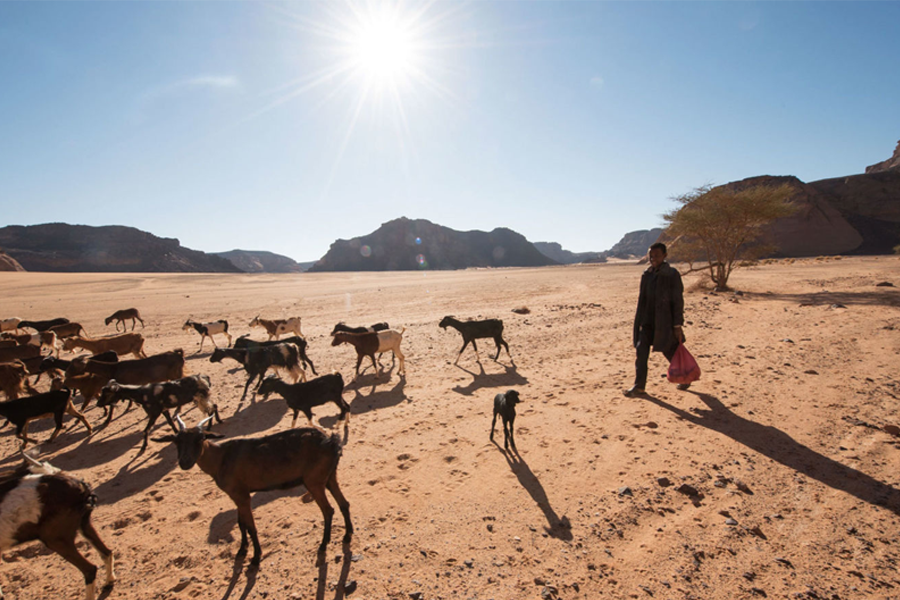Climate Change
Mass migration due to climate change might happen sooner than we think

Article by Geena Mortfield
Climate change is quickly threatening human survival in the Earth’s tropical regions, according to a recent study. The effects of rising heat and humidity around the globe are especially concentrated in tropical regions. The study, published in Nature Geoscience, suggests that if global heating is not limited to 1.5 C above the pre-industrial era, tropical areas might soon be unable to support human life. The paper stressed that when humidity is taken into account along with temperature, tropical areas will experience dangerous conditions even before the 1.5 C threshold is met.
This research has significant implications for the 40 per cent of the world’s population that lives in tropical regions. It is estimated that populations in these regions will grow in the next 30 years to account for 50 per cent of the world’s population. Although scientists have already warned that the 1.5 C of warming could be reached before then—possibly as soon as 2030. What does it mean for humanity when the planet with the very conditions that sustain us becomes inhospitable for almost half of the human population?
Food scarcity, water scarcity, and heat as a result of climate change have already caused swathes of migration. Rural dwellers have been moving to cities for other opportunities amidst increasing frequencies of drought and widespread crop failures. The trend will continue as the globe continues to warm. The World Bank estimates that climate change will push over 140 million people in Sub-Saharan Africa, South Asia, and Latin America to migrate within their countries by 2050. Rising sea levels will also soon be a cause of human displacement: sea levels projected by 2050 are high enough to threaten the homes of around 150 million globally.
StoryMap visualization of regional consequences in the Tropics. (Elena De Luigi/RSJ)
If the flight from hot, inhospitable climates continues at the rate research predicts, population distribution around the world as we know it could be entirely remapped—and we will witness the largest mass migration movement ever. The New York Times predicts that even if governments take minimal action to reduce carbon emissions, over 600 000 climate migrants will move from Central America and Mexico to the United States by 2050. Their model predicts two very different futures, depending on the political responses to climate change and migration. Either millions from Central America and Mexico migrate to the United States or policy measures turn them away, trapping them in hellish ghettos marked by poverty, hunger, rising heat and diminishing water supply.
Last year, the UN ruled that governments cannot return people to countries where their lives would be at risk due to climate change, suggesting that climate change will become increasingly relevant under international law. More evidence that climate change and planetary destabilization will likely be the most defining features of the 21st century.

-

 Canada5 years ago
Canada5 years agoSkyrocketing real estate prices spill over to suburban areas and small cities
-
Uncategorized5 years ago
Hello world!
-

 COVID-195 years ago
COVID-195 years agoSoundscapes Records Closing Permanently
-

 Entertainment5 years ago
Entertainment5 years agoLil Nas X breaks the internet with new music video
-

 Entertainment5 years ago
Entertainment5 years agoWarner Bros. ‘Godzilla vs. Kong’ renews confidence in film industry with box office revenue
-

 International5 years ago
International5 years agoCorruption Convictions Annulled Against Brazil’s Ex-President
-

 Entertainment5 years ago
Entertainment5 years agoEllen DeGeneres loses over 1 million viewers following an apology over toxic workplace allegations
-

 International5 years ago
International5 years agoThe fallout from Harry and Meghan’s bombshell interview with Oprah Winfrey

